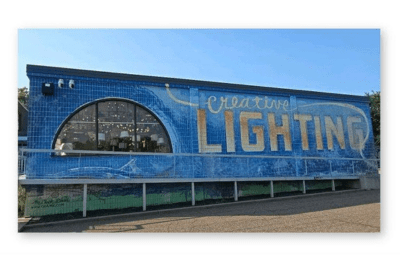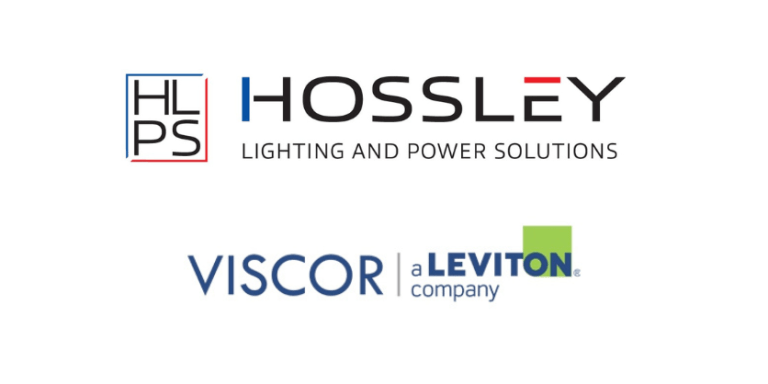Toggled Charts It Own Course in Controls
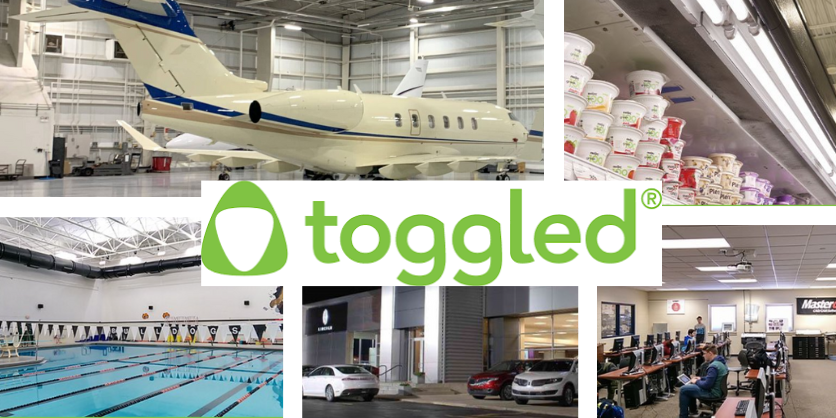
Toggled® has participated in lighting trade events such as Lightfair and LEDucation – as well as non-lighting events such as NMFT for facility managers, and other verticals – but it still flies under the radar when it comes to brand recognition. Chief Operating Officer Daniel Hollenkamp would like to see that change.
Spun off from Altair Engineering – a 38-year-old technology company headquartered near Detroit and renowned for its simulation modeling software and engineering solutions across a broad spectrum of industries ranging from automotive to aerospace – Toggled® has been gaining ground as a lighting solutions provider.
“Toggled started out as more of a lamp manufacturer than a controls company,” Hollenkamp states. In the late 1990s, when Altair was doing research on reducing the lifecycle cost of city transit buses, the team discovered that one of the components contributing a significant amount to maintenance costs was the interior fluorescent lighting. Altair engineers developed and patented a type of replacement fluorescent tube using LED, but the innovation sat on the back burner since LEDs at the time weren’t very efficient and the light quality was poor. “By 2007, it was obvious that the LED lighting business was gaining traction and we had a significant portfolio of intellectual property around, so Altair created a separate business called ilumisys, Inc., which became our company name,” he comments. People had difficulty remembering the spelling, so it was rebranded as Toggled and began mass-producing linear LED replacements for fluorescent lamps.
Building on Success
When the LED lighting industry eventually plateaued when it came to efficiency, Toggled engineers looked ahead for the next frontier. “We were trying to figure out how to save more energy. That’s when we started to play around with lighting controls,” Hollenkamp explains. With Altair’s focus on innovation and engineering, creating a lighting control system seemed like a natural progression.
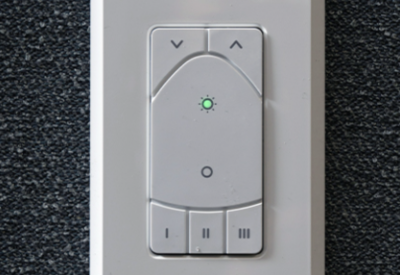
Data collection happens to be Toggled’s forte. “We’re at the intersection of lighting and Internet of Things. We collect and generate tons of data in all sorts of building systems – whether it’s a lighting system, security, HVAC, etc. – there is a ton of data being generated, but typically it’s siloed in those systems,” Hollenkamp states. The Toggled team wanted to analyze that data so the user could take action. “That’s been our focus: how do we break down those barriers, how do we get the data out of each system, and how do we use it to improve not only the energy efficiency, but also make the building more pleasant to be in. The challenge is [getting] the optimization right. How do we make the space one that people want to be in while using as little energy as possible — that’s the challenge in controls. It’s not about just turning things on and off, but finding the optimization and finding the balance that serves everyone well.”
How Close Is Mass Adoption?
Even the most well-engineered controls system becomes futile if nobody uses it. “Adoption is always an issue,” Hollenkamp concedes. “If you can [provide] real dollars savings, that helps. I think the industry, in general, has been on this payback and rebate high for a while now. We’ve gone from lighting being a cost center – as in, I have to replace my lamps every few years – to how long until I get paid back. I think we’re at a challenging point in the industry where everything doesn’t necessarily pay back anymore. I think that can cause an issue with adoption,” Hollenkamp remarks. “Obviously there are still a lot of rebates, and a lot of rebates have shifted to controls versus replacing LEDs. In fact, it’s even gone further now, where it’s more like we’ll give you a rebate, but [first] demonstrate that you’re saving energy — not just that you put a motion sensor in or that you have a connected lighting system, but let’s see the reduction in kilowatt hours. That’s where data is very important because not only are we controlling the system, but we can prove that we’re saving energy [beyond] the utility rebate. It’s so easy for something to be misconfigured and not save any energy.”
Getting the Word Out
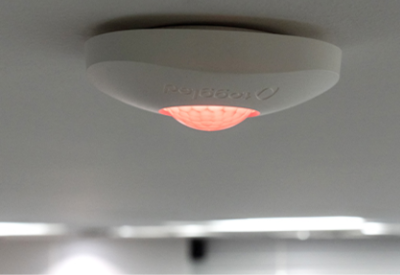
While Toggled has sales representation throughout the country, selling intelligent lighting controls has a learning curve. “We like to be hands-on with specifiers and installers,” Hollenkamp says. “We are constantly doing web demos and sending [product] out so people can get their hands on it. With connected lighting and building controls in general, your customers – the specifiers, the installers, the people responsible for these systems – have to have confidence that it’s going to work and that they’re going to be supported. Their necks are on the line; if they install a system and it doesn’t work, who is the customer going to call? They’re going to call the people who installed it.”
For those reasons alone, it’s critical that that everyone involved with a lighting controls system understands how it works. “We make sure that it’s successful from beginning to end. Our system is set up to facilitate that; we can share data back and forth between the customer, us, and our service providers so that everyone is aware of what’s happening. You also monitor to make sure that things are continuing to work and that we are reaching the targets that we’ve set out.”
Toggled lighting controls – which are sold through electrical distributors, facility solutions groups, and other channels – can be used in projects as large as building complexes and as simple as a single room. “We have done projects with multiple thousands of devices in buildings all the way down to very small installations. Honestly, with our system, you could literally have a single lamp and a switch and it could be considered a system. You don’t have to have a huge installation. We install the same product in a single room as we would in an entire building or a multi-location franchise. We use the same hardware for everything, which helps eliminate some of the issues you have with specification where, say, someone picked the wrong controller for the wrong voltage and now it’s going to set the project back a few weeks. You are going to be able to install that single product in pretty much all of America.”
Who Needs Data?
In short, everyone could use more detailed information about their business. “By looking at the data, you can see which spaces are occupied and when they’re occupied. By looking at the patterns of energy consumption, you are able to dial in settings to save even more energy,” Hollenkamp states. “Just being able to look at your occupancy data and realize that some of the time-outs are longer than they need to be.”
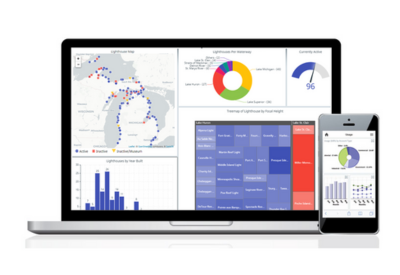
That collected data can also be monetized. For example, Toggled has a customer who rents out a facility and charges a variable rent depending on the use, such as a one-time event or on a long-term basis. “They’re looking at the energy consumption while the space is rented out and putting riders on their contracts for that,” Hollenkamp remarks, adding, “If someone comes in and uses a substantial amount of energy, they can use that [data] to help monetize that usage so that they’re not having to pay a huge bill. They can charge customers who use lots of energy [accordingly] and for those customers who don’t use as much energy [maybe] they can give a discount.”
Another Toggled customer is a retail chain, where the lighting controls are installed in many locations. “Just being able to benchmark one [store] versus another is helpful,” he comments. “Are they seeing consistent energy usage across the board? Maybe there are a few sites that stand out by using way less or way more energy. We can dig in to see what’s going on — is it because one store’s hours of operation are longer? The actual lighting profiles are different, so it’s [about] understanding what’s different and why. Why does this site cost more money to operate? That type of data is very valuable, especially when a company has an energy manager who is responsible for multiple buildings or multiple campuses.”
Another attribute to Toggled’s system is being able to apply data to the customer’s floorplan. “Our sensor can collect five different pieces of data, such as motion, temperature, humidity, and ambient light,” Hollenkamp says. “For example, we can plot the temperature throughout a facility on the floor plan and see all the variation throughout the building. This would indicate if a room is consistently colder or warmer than the rest. Perhaps that the HVAC is not balanced properly, or there is a draft, or that is where the thermostat is located and it’s driving up the temperature of the entire building. The system lets us do a visual analysis of what’s happening in the building — which spaces are occupied and which are not, and does that align with what is scheduled? That kind of data is very valuable to facility managers and operators.”
What Specifiers Need to Know
Lighting specifiers is a newer category for Toggled. “ First, we try to educate specifiers on our technology and make sure that they understand the capabilities and understand what problems we can solve,” Hollenkamp remarks. “We’ve been working with a lot of installers and energy-efficiency consulting groups directly, where they’re not just on the specifying end, but running the entire projects.”
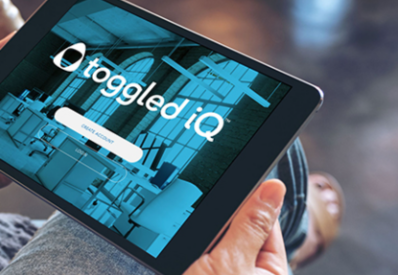
Hollenkamp says anyone who is interested in controls is a good candidate for Toggled. “It’s because of the simplicity of our system We don’t require a gateway and you don’t need cloud connectivity,” he explains. “It’s a Bluetooth mesh-based system, so it’s as easy as if you wanted to have dimmable lights in one room or a single motion sensor turning on in a single room. The project can be extremely simple or scaled up to a full building with IoT connectivity — all with the same hardware.”
The biggest complaint in the field, according to Hollenkamp, is lack of interoperability — even in systems marketed as such. “We play well with everyone. We have some internal devices, such as linear lamps that are Bluetooth-enabled as well as downlight retrofit kits, but we also have area controllers, fixture controllers, and pluggable controllers that work with third-party devices, so it’s all 0-10 compatibility. What also probably separates us from the rest is our distributed intelligence, which is done differently than others on the market. Our sensors aren’t out there saying to turn things on or off. The sensors only provide information that it sees. So if it sees motion, it tells the network. If it sees a light level, it tells the network and then all the individual devices react to that data independently based on the rule set that this has been pushed down to that device,” he explains. “Essentially all the devices operate autonomously based on what they see on the network. And if we lose connectivity, it just keeps operating as if nothing has happened. Even if we lose sensors, the devices will continue to operate without that input. It’s an extremely robust, reliable, distributed intelligence platform that just works.”
Toggled is positioned uniquely in that the company is engaged with building operators and managers outside of lighting. “For example, we also integrate lighting with BACnet,” Hollenkamp states. “All of our lighting devices are exposed BACnet points, so they can be easily integrated with existing BMS. We’re focused on being a building controls and buildings data company with lighting as the backbone.”


